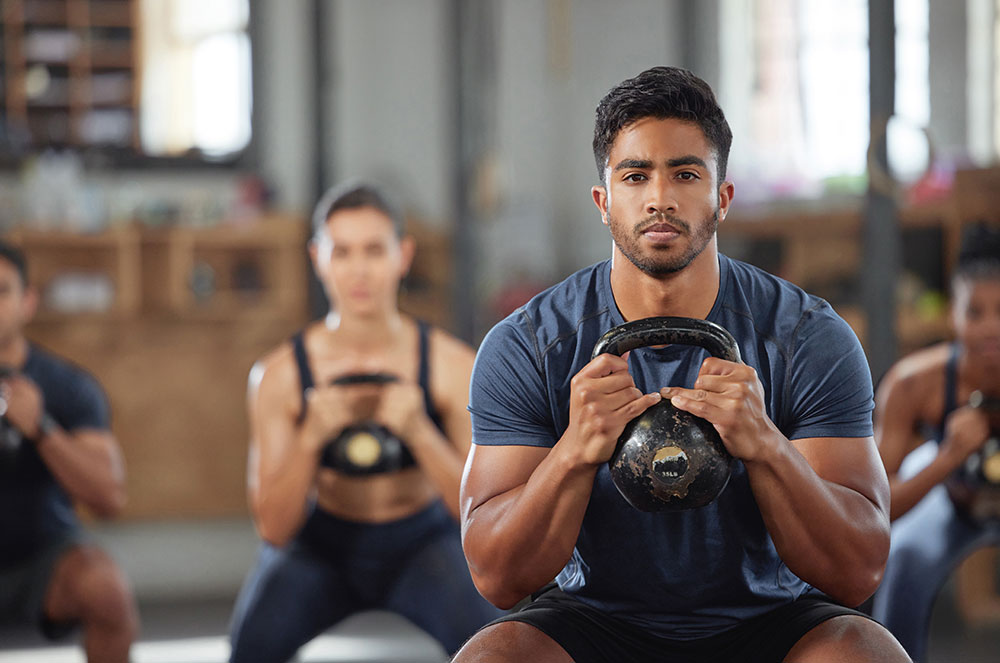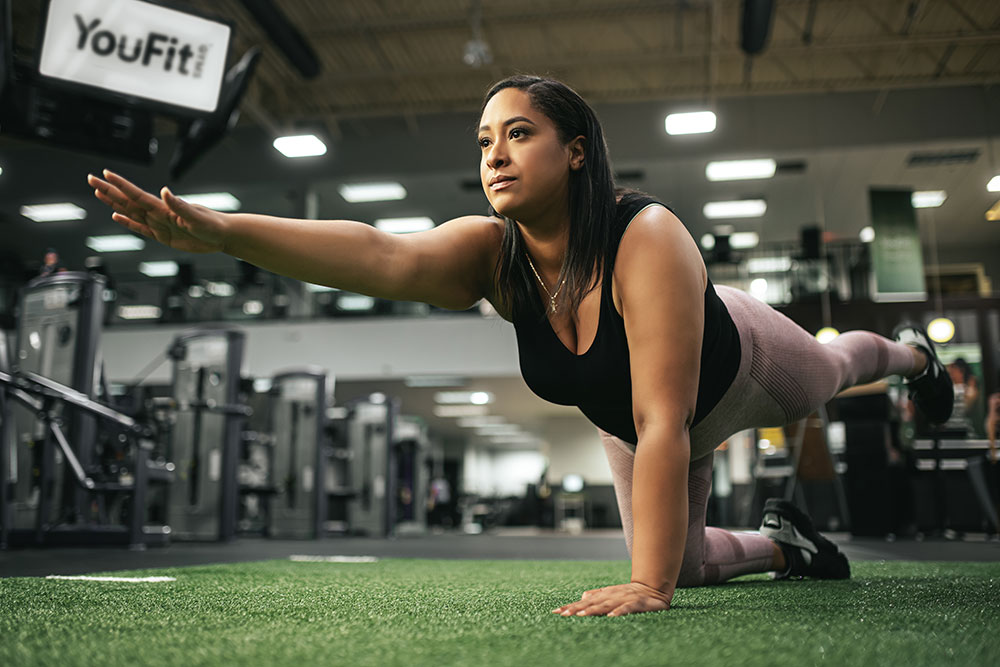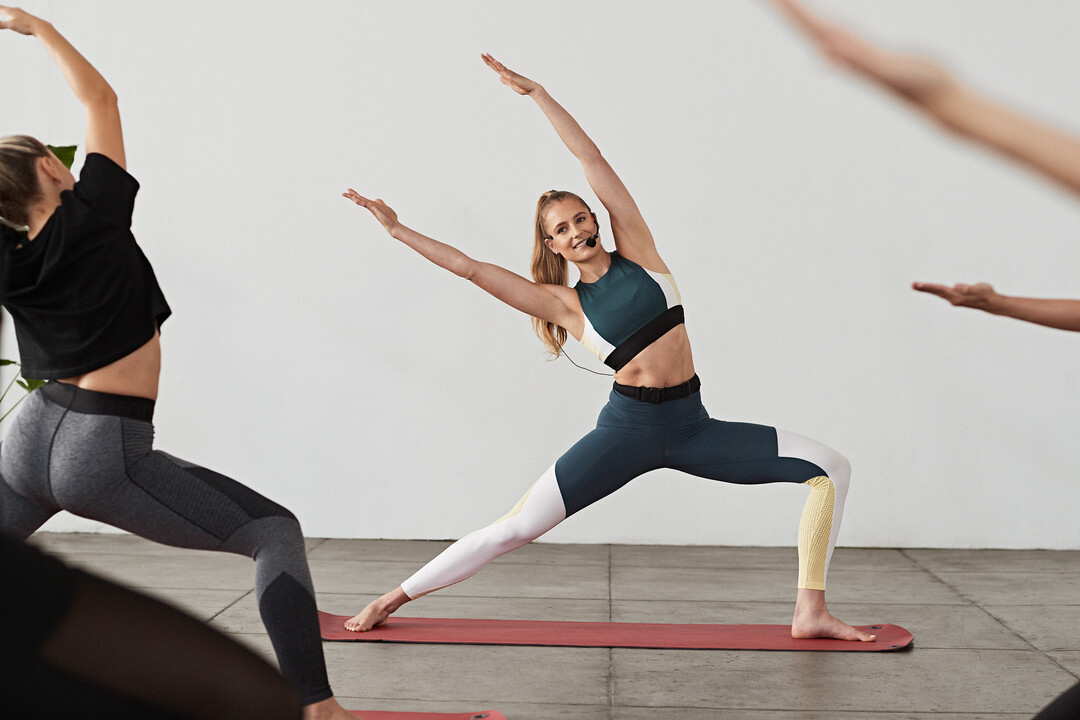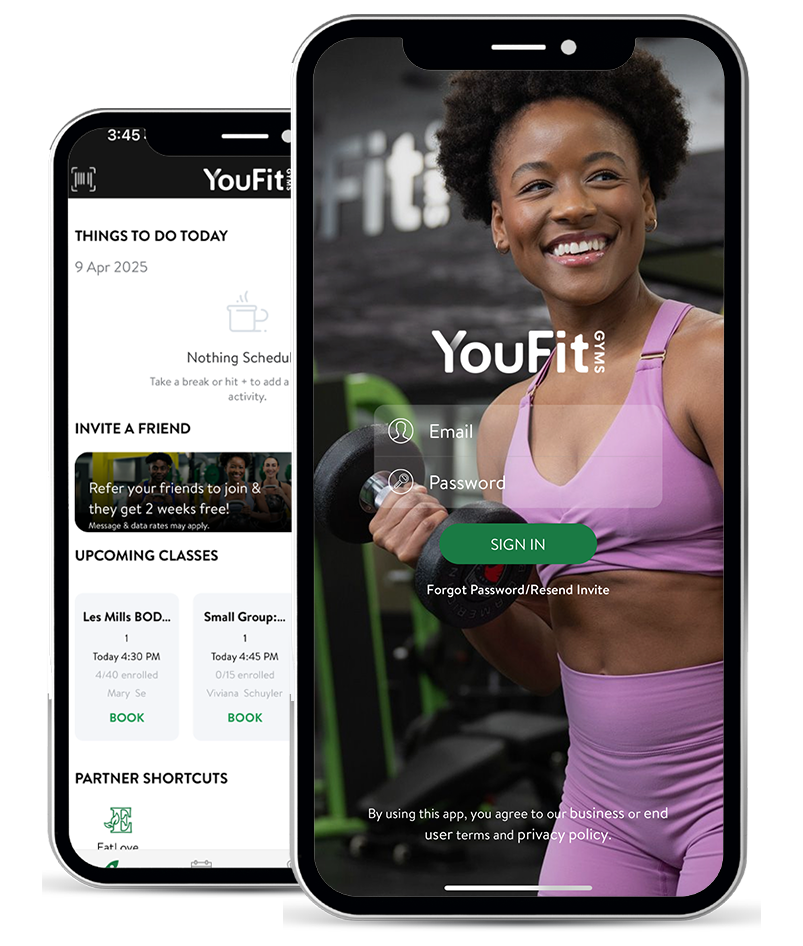Squatting is both an art form and a science.
Need proof?
Look around the gym and you’ll surely see some subtle (or maybe even substantial) differences in how people perform this staple exercise. From equipment to stances to intensity, there are many variables involved with squatting, which is exactly why it belongs in every training program.
But how can you ensure you’re getting the most out of your next #legday session?
This easy-to-follow “How to Perform the Perfect Squat” guide will help you safely and efficiently execute the ideal squat. And once you’ve mastered the basics, give your body and mind a new challenge with one of the five variations outlined below.
5 Steps to Optimize Your Squat
Practice makes perfect, so it’s imperative to utilize proper technique each and every time you perform any exercise. In the case of the squat, there are some key cues you should pay attention to both before and during the movement.
Here’s how to perform the perfect squat in five simple steps:
1. Set your feet between hip -to-shoulder-width apart.
It starts from the ground up. How you place your feet affects the entire kinetic chain, and you can put your body in a compromised position by not establishing a proper base for this exercise.
While there are variations that call for different stances, the standard squat should be performed with your feet between hip -to-shoulder-width apart. Because we’re all built uniquely, longer-legged lifters may find it more comfortable to take a slightly wider stance. Ultimately, though, the safest way to squat is with your feet no more than shoulder-width apart.
Pro tip: You don’t necessarily have to point your toes straight. Turn your feet out by 5 to 15 degrees – or think 11:00 and 1:00 o’clock – to make it easier to achieve full depth.
2. Brace your core.
Step No. 2 to a successful squat: bracing.
Although many people refer to this as “squeezing your abs,” that’s actually not the best way to go about it. Rather than contracting your abdominal wall, think about pushing your stomach and rib cage outward to create tension throughout your core.
Why is this so critical?
Failing to do so will not only make it more difficult to lift heavier weights, but it will also put you at risk for injury. The key is to expand your core with your breath and hold that tension throughout the duration of the squat.
Pro tip: Use a weightlifting belt to provide further assistance with bracing your core, especially if you’re working with heavier loads.
3. Keep your chest tall.
With a rock-solid foundation in place, the next cue is to keep your chest upright (sometimes referred to as open and tall). Maintain a neutral spine with your shoulders pulled back and down, and avoid letting your chest fall forward as you descend.
Pro tip: When performing a barbell squat, grip just outside shoulder-width to create optimal tension in the upper back.
4. Sit down into an “invisible chair.”
An easy way to illustrate how to perform the perfect squat is to imagine sitting in an invisible chair. How would you get into a seated position with your legs at 90 degrees?
Rather than pushing your knees forward and going up on your toes, concentrate on sending your hips back, bending your knees and keeping your lower back neutral as you bring your thighs parallel to the floor.
Pro tip: Make your squat more challenging by increasing the time under tension. A tempo of a three-second descent and a two-second pause is a sound place to start.
5. Push through your heels to finish.
Once you’ve reached proper depth, finish the movement by pressing through your heels to get back to the starting position. Of course, you’ll want to focus on maintaining a tall chest, bracing your core, and keeping your hips under your ribs as you complete the “push” portion of the squat.
Pro tip: Elevate your heels if you’re looking to take your quad game to the next level.
Switch up your routine with these 5 squat variations
Getting proficient at the standard barbell squat should be a goal for every gym goer. Once that happens, you can target specific muscle groups, develop power, or gain experience with different equipment by trying other variations.
So, which ones should you consider adding to your routine? Here are my five favorite squat variations:
Front Squat
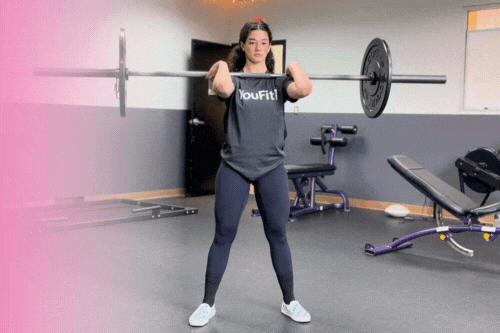
An excellent choice for athletes, the front squat involves placing the barbell across the front of your shoulders instead of your upper back. Depending on your mobility, you can either use the classic clean grip or a cross grip to perform this exercise. This spine-friendly squat variation is great for adding size to your quads.
Box Squat
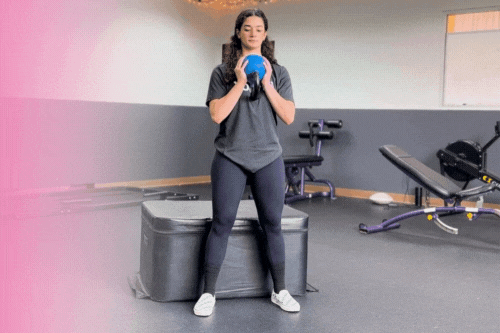
Whether you use a box or a bench, you can utilize this exercise to build explosive power and strength. You can make a box squat more difficult by changing the height, but make sure you have adequate mobility and body awareness before going lower.
Split Squats
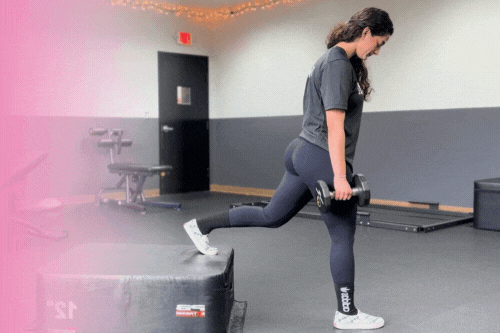
A compound leg movement that hits your hip flexors, hamstrings, quads, and glutes, split squats not only build strength, but also enhance flexibility. You can use kettlebells or dumbbells to perform this exercise, or even just do a bodyweight version if you’re a beginner.
Pause Squats
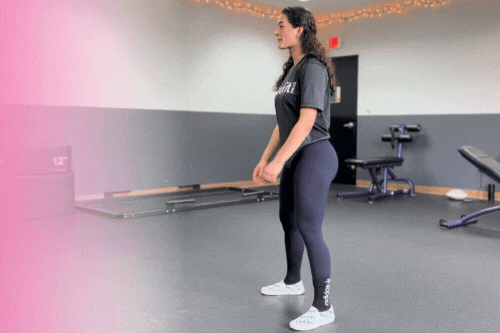
Time under tension is one of the most critical components to the muscle-building process. Pause squats force you to maintain proper posture at the bottom of the movement for a specific duration. You might be surprised at how much of a burn you’ll feel from holding a squat for just a few seconds on every rep.
Goblet Squat
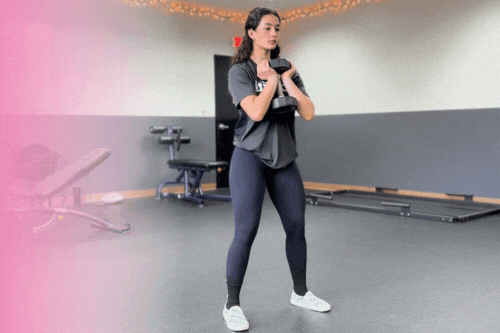
If there aren’t any barbells available, simply pick up a kettlebell or dumbbell. You can still get a workout by doing a few sets of goblet squats. This full-body movement is fantastic for beginners, as it engages your leg muscles, core, spinal erectors, and even your shoulders and upper back. Plus, more experienced gym enthusiasts can raise the level of difficulty by changing the pace of the movement, using a heavier weight, or completing a certain number of reps for time.
Team up with a YouFit Gyms Personal Trainer
Let our personal trainers show you how to perform the perfect squat with affordable sessions starting as low as $35. Available exclusively for YouFit Gym members.


